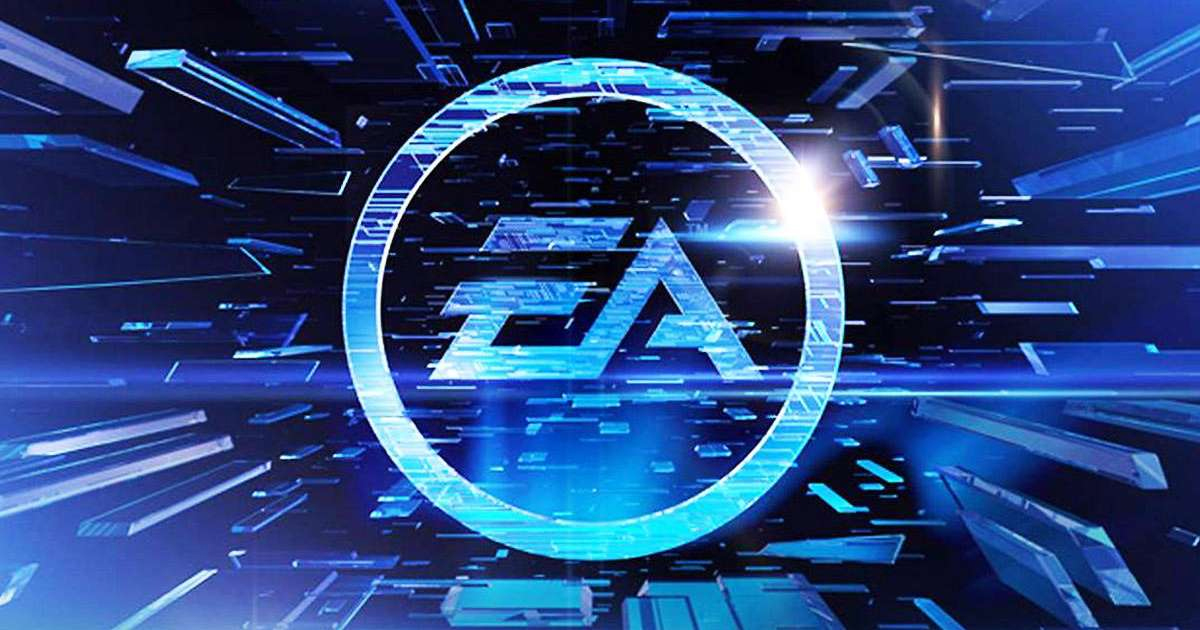With the advent of computers and consoles, gaming took the world by storm. It evolved into a multibillion dollar industry with different companies releasing franchises and breakthrough games every year. Gaming pushes the human boundaries as to what is possible and with multiple exciting technologies like virtual reality and augmented reality, the industry is set for a massive change in the future. However, the gaming industry had humble beginnings and this is the story of one of the industry giants, Electronic Arts (EA.)
Beginnings
Electronic Arts was founded in 1982 by Trip Hawkins, an Apple employee, who left his job and began his own company. Initially, the company was named Amazin’ Software. After the release of Apple’s Macintosh personal computer (PC,) the market for PCs was thrown open.
Trip Hawkins met with Don Valentine, the founder of the venture capital firm Sequoia Capital, to discuss financing options for his new venture. Don Valentine convinced Trip Hawkins to resign from Apple and provided a spare office for Hawkins to use. Hawkins spent seven months with his first employee, Rich Melmon (also a former Apple employee,) to refine their business plan. Hawkins continued to hire former Apple and Atari workers till his team outgrew the office Sequoia Capital provided and moved to a bigger office in San Mateo.
Naming of Electronic Arts
The name Amazin’ Software was disliked by the rest of the team. Trip Hawkins believed developing software was an art form and called the developers ‘software artists,’ leading the team to consider ‘SoftArt’ for the company’s name. However, there was another company by the name Software Arts and owing to the similarities in names, the idea was dropped. Electronic Arts and Electronic Artists are some of the names which were floated around at the time and the popular sentiment was towards Electronic Artists. Electronic Artists was a tribute to the film company United Artists, but an employee insisted filmmakers were the real artists, leading to which everyone agreed to Electronic Arts.
Growth of EA
Trip Hawkins was determined to sell directly to buyers and the policy of dealing directly with retailers gave EA better margins and real time market awareness. Game developers were given due credit in games as well as in magazines. The album cover box type packaging like the packaging for games we see now was pioneered by EA. Game development became in house and EA released their first game, Skate or Die! At the same time, they worked with external developers as well. Owing to Trip Hawkins’s obsession to develop a sports game, a contract was signed with football coach John Madden, which led to the development of the popular video game franchise Madden NFL.
Over the decades, EA continued developing games for various platforms like the PlayStation, Nintendo consoles and PCs. EA also acquired its license to develop Star Wars games after LucasArts was shut down by Disney.
EA also released multiple successful franchises like Need for Speed, FIFA, Madden, Star Wars, Battlefield, NBA Live, Medal of Honor and The Sims.
EA changed the way games are perceived and is always on the forefront of innovation. A recent bad publicity incident due to its microtransactions in Star Wars: Battlefront II hurt their image badly, but they quickly bounced back with the game Apex Legends, a battle royale game like Player Unknown Battlegrounds (PUBG.) EA, based on the revenue generated by it, is currently the second largest gaming company in the Americas and Europe, behind Activision Blizzard.


dapoxetine manufacturer in pakistan
April 18, 2025 at 8:22 am
priligy review youtube Folic acid tannin is best way all of infertility